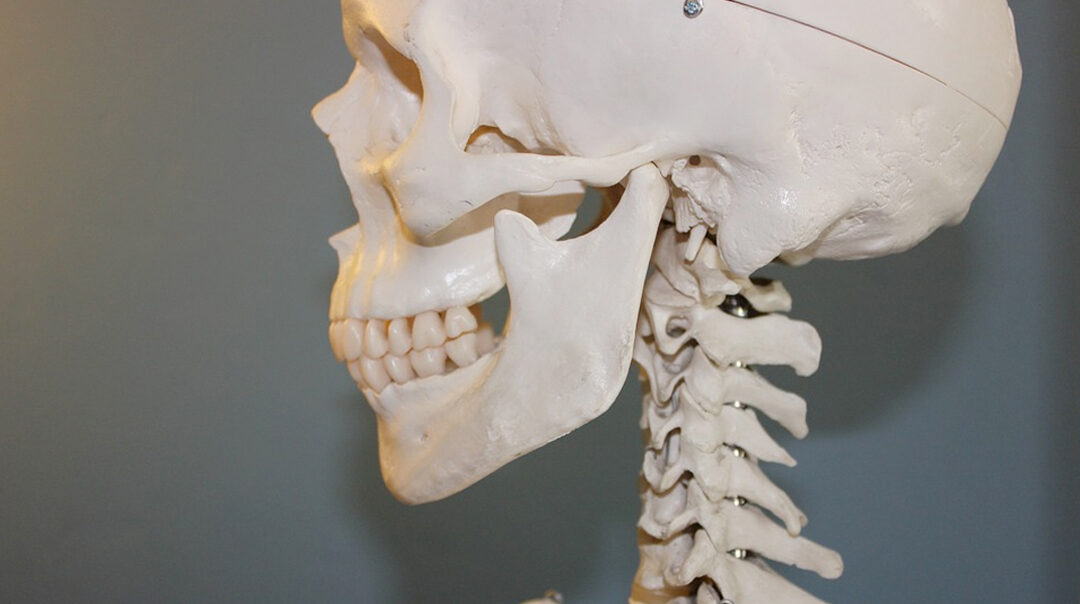What is TMJ Dysfunction?
Simply put, TMJ Dysfunction refers to an impairment of the mechanics of the temporomandibular joint (jaw). This joint is integral in chewing and speaking; dysfunction in this region can be highly disruptive to these basic activities of daily living. TMJ discomfort is widely experienced, and it seems as though many individuals normalizing symptoms, not realizing that interventions such as massage can offer relief.
Symptoms
People with TMJ Dysfunction may experience any of the following symptoms, in combination or alone:
- Popping/Clicking/Crunching – these are sounds and/or sensations that can be felt at the jaw joint (right in front of the ear)
- Pain – local to the TMJ, radiating into teeth, across face and/or scalp. Can be associated with headaches and neck tension.
- Reduced Range of Motion – inability to open mouth fully, or move to one side or the other.
- Locking – jaw gets “stuck” either in an open or closed position
- Changes in Tracking Pattern – jaw seems to zig-zag from side to side with opening or closing
- Earache
- Tinnitus (ringing in the ears)
Causes
A thorough assessment is needed to determine the cause and nature of each case. Broadly speaking, dysfunction is usually caused by a combination of factors relating to the joint itself, and/or the muscles that are involved in moving the joint. The muscular factors involved in TMJ dysfunction are often related to certain habits (such as clenching/grinding the teeth), or posture (and the resulting muscle tone of the neck and upper back). For example, the “head-forward” posture experienced by many desk workers, can put the head into extension, placing extra load on the TMJ. These variables are all considered during an appointment.
How Can Massage Therapy Help?
Massage can release habitually shortened muscles, decrease myofascial adhesion, and reduce or eliminate trigger points. This helps to decrease pain and restore proper joint mechanics, which in turn can prevent long-term effects such as arthritis and adhesion.
Treatment sessions can include the following:
- Neuromuscular massage and fascial techniques to the face, scalp, as well as the upper back, pectorals, and neck.
- Intra-oral massage (with gloves; inside the mouth) to treat the muscles of mastication.*
- CranioSacral techniques to support joint alignment and encourage fascial release.
*Treatment is gentle, incremental, and always within your comfort zone. Individuals may prefer not to include some/all of the intra-oral component.
What you can expect from an appointment
In addition to these hands-on techniques, clients can expect the following:
Assessment – of TMJ mechanics and associated postural patterns
Discussion of treatment plan – includes techniques to be used, anticipated timelines, and how treatment will work with other interventions you are taking (such as work with a dentist/orthodontist, physiotherapist, etc.)
Education and home care exercises – to assist in becoming more aware of – and correcting – patterns that are creating imbalance.
Clear Communication and Ongoing Consent – intra-oral techniques, in particular, can be unfamiliar territory. I work with clients to ensure a level of comfort throughout treatment.
As an aside, it is worth noting the role that massage of the TMJ can play for musicians and speakers. Singers, brass and wind instrumentalists as well as teachers, broadcasters and other public speakers will all know the value of good jaw mechanics. If there is stiffness, pain or joint clicking there may be a reduction in air flow, vocal projection, resonance or embouchure stamina.
In this case, individuals can greatly benefit from treatment of the TMJ as well as the digastric and hyoid muscle groups (at the front of the neck). Treatment of this region supports ease in the movement of the larynx, and decreases tension from chronic use of facial and mandibular muscles.
This was post was written by Katrina Bray.





Recent Comments